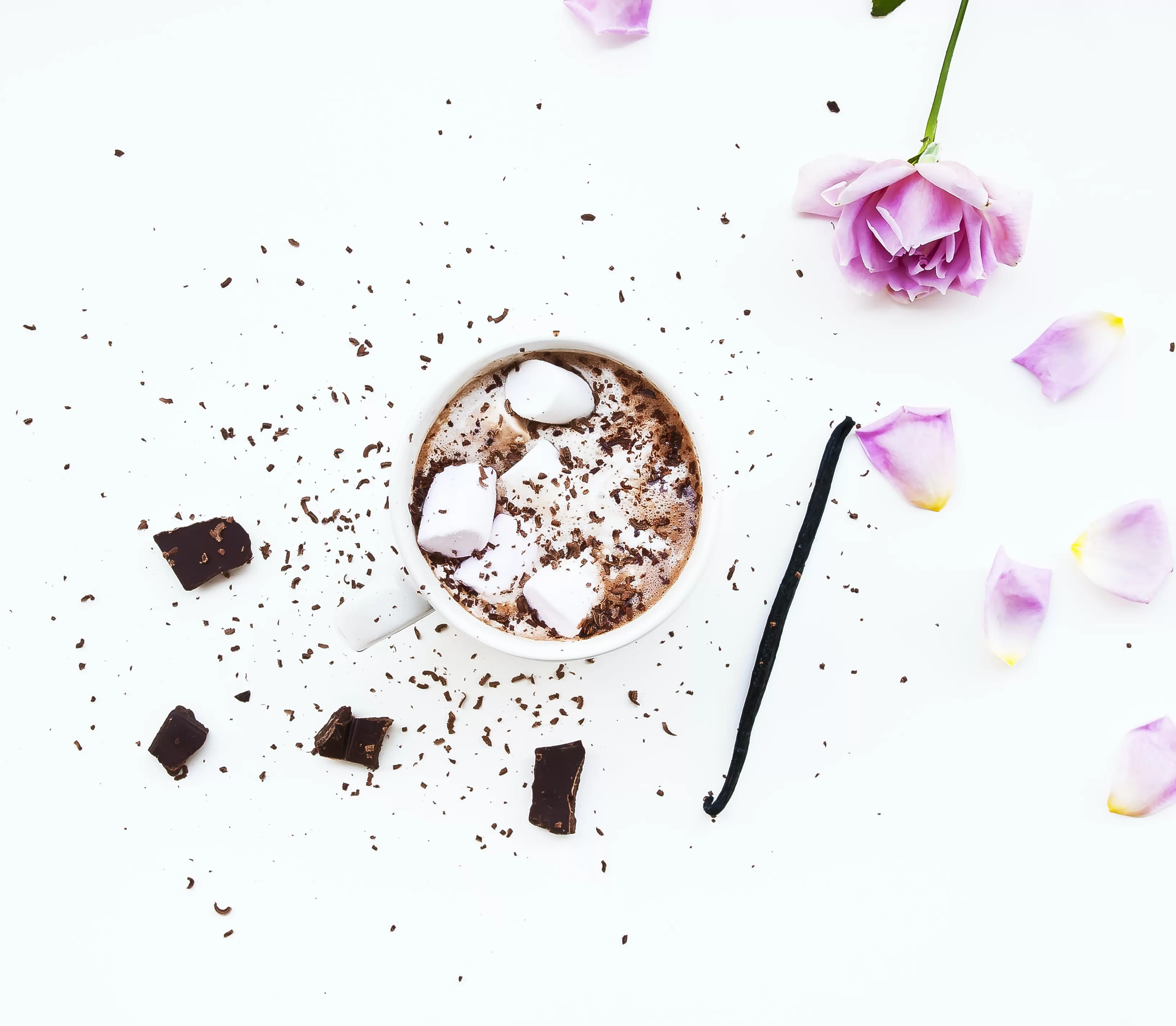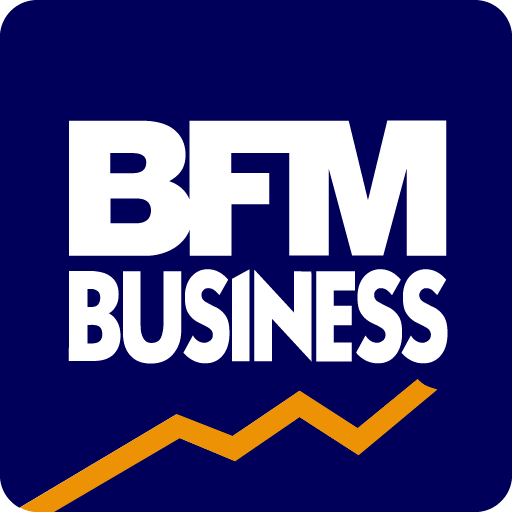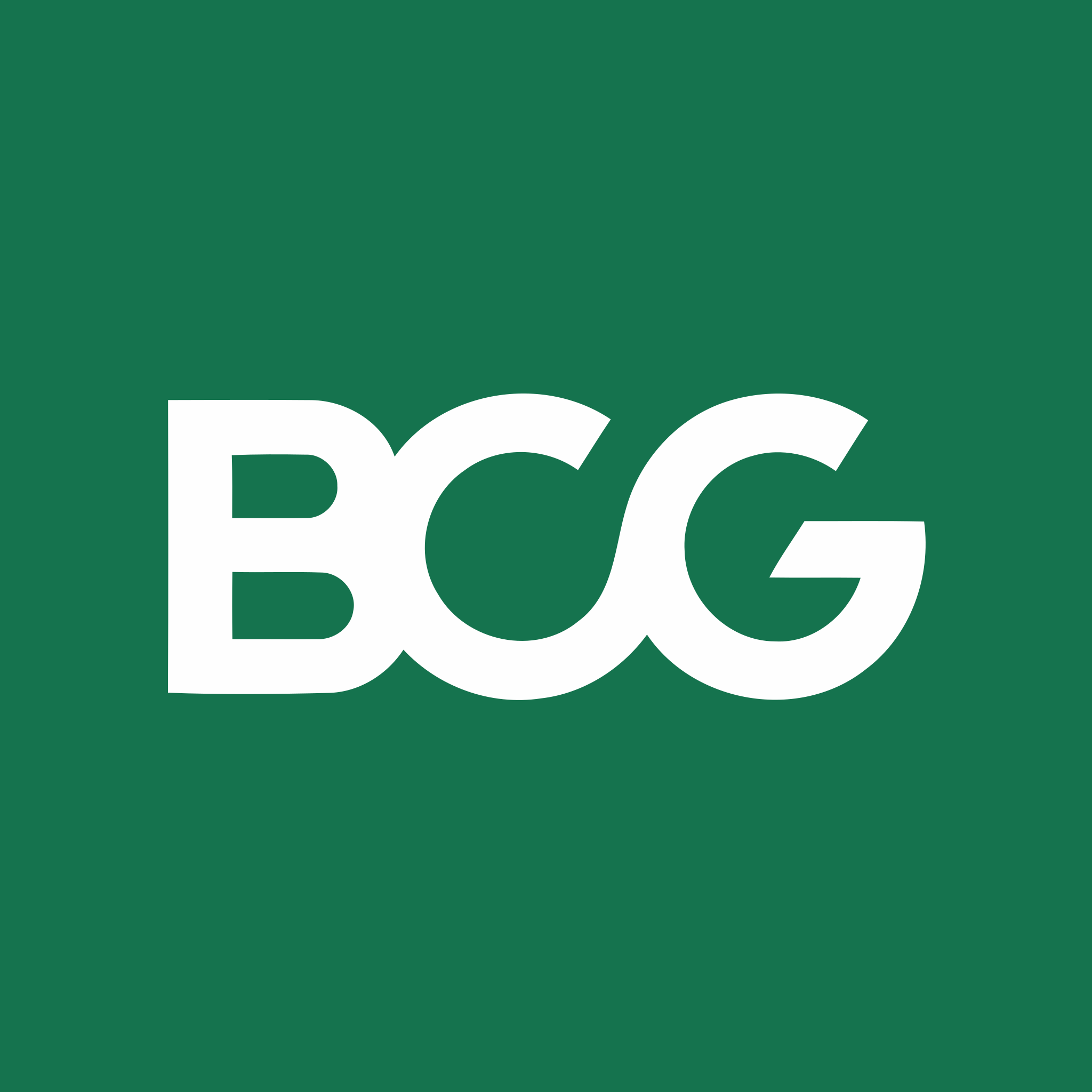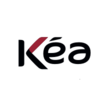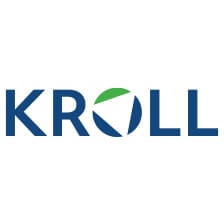Summary of our market study
The global vanilla market has been experiencing volatility, with a notable trend of increasing demand for natural vanilla, particularly in the USA. The global production stabilized at 7,715 tons, with Madagascar being the dominant exporter, accounting for nearly 80% of vanilla exports. The market is witnessing a shift towards more sustainable and organic products, with large companies committing to natural vanilla use. The COVID-19 pandemic impacted operations, causing supply chain delays, but also spiked sales in some segments like vanilla extract, driven by more home cooking. The industry is led by key players such as Nielsen-Massey Vanillas and Givaudan, among others, faced with the challenge of adapting to increased consumer preference for natural products and coping with supply shortages.
Despite these challenges, the demand for vanilla in the US surged, with vanilla exports from Madagascar to the US growing by 266%. The volatile prices, peaking at $636/kg before stabilizing around $400-500/kg, reflect the complex dynamics between supply constraints and robust demand. The market structure involves small-scale farmers, collectors, and large agri-food companies, with innovation and technology playing crucial roles in production processes and addressing supply chain issues.
Vanilla Market in Flux : Navigating Evolving Demand in the United States
The United States has established itself as a significant participant in the global vanilla market, taking the lead for imports worldwide, accounting for approximately 15 to 20 percent of demand. It's clear that the U.S. market has a penchant for this flavor, with vanilla being incorporated into a multitude of products ranging from food and beverages to cosmetics and personal care items. An examination of the recent market trends reveals a growing inclination towards natural vanilla. Large spice companies and major food industry players, such as Nestlé and Kellogg's, have been maneuvering to meet this inclination by committing to increase the natural component in their products, moving away from artificial vanilla. However, despite an uptick in demand for natural vanilla, the market has faced challenges, particularly from the COVID-19 pandemic. This impacted business operations due to supply chain constraints and restricted site access, yet sales of vanilla extract soared by nearly 120 percent, illustrating a surge in home cooking and baking activities. Moreover, the industrial vanilla market experienced growth as grocery shopping and home meal preparation intensified during lockdowns. Pricing within the vanilla sector has been characterized by extreme volatility.
Over the span of a few years, vanilla prices have skyrocketed from about 85 to 450 dollars per kilogram, with a peak close to 640 dollars. This surge has been primarily attributed to a tightening supply against soaring demand for natural vanilla. Speculation and security concerns in producer countries like Madagascar, which supplies the majority of the U.S. vanilla imports (around 40%), have also played roles in driving up prices. While the U.S. remains a net importer of vanilla, its imports and exports have displayed an interesting dynamic, with exports witnessing a gradual increase up until 2020. Madagascar constitutes the principal source of U.S. vanilla imports, followed by Indonesia, with all other countries making a minimal impact on the trade flow. The demand for vanilla in the U.S. extends beyond consumer purchases, impacting various industries. For instance, the food and beverage industry is a major consumer, with sales in this sector growing by approximately 30%. The beauty and personal care market is also burgeoning, with a 10 to 15% increase in sales, making vanilla an important ingredient in this sector as well. Vanilla's use is widespread; industrial chocolate makers, dairy product manufacturers, and cosmetic companies form the trifecta driving demand.
Key Players Shaping the Global Vanilla Market Landscape In the global vanilla market, several prominent companies operate across different stages of the value chain. These players range from agri-food giants to specialized flavor and fragrance producers, each contributing to the dynamic nature of this industry. Let's explore some of these influential market participants and their roles.
- Nielsen-Massey Vanillas Nielsen-Massey Vanillas, with a rich legacy in vanilla expertise, is one of the leading producers of high-quality vanilla extracts and flavor products. Renowned for their dedication to craftsmanship and superior taste, Nielsen-Massey is committed to providing pure vanilla products to consumers worldwide.
- Heilala Vanilla Limited Heilala Vanilla Limited stands out as a boutique vanilla brand offering a range of premium vanilla products. The company prides itself on sustainable and ethical practices, working closely with growers to ensure a direct and beneficial supply chain that supports local communities.
- Archer Daniels Midland (ADM) ADM, a global leader in agricultural processing and food ingredients, has a significant presence in the vanilla market. Their expertise spans from cultivation to processing and distribution of vanilla, catering to the demands of the food and beverage industry with a keen emphasis on quality and sustainability.
- Givaudan As one of the world's leading flavor and fragrance companies, Givaudan plays a pivotal role in the vanilla market, particularly in creating vanilla-based aromatic solutions. Their innovative approach to sensory experiences positions them as a trendsetter in the vanilla essence and extract sector.
- Sensient Flavors Sensient Flavors is a global player known for their ability to develop unique and tailored flavor profiles for their clients. Vanilla is one of the many natural flavors they offer, enriched by their expertise in innovation and consumer trends.
- Döhler Döhler is a global producer, marketer, and provider of technology-based natural ingredients, ingredient systems, and integrated solutions for the food and beverage industry. Their vanilla offerings cater to the ever-growing demand for natural and authentic taste experiences.
- Lochhead Manufacturing Lochhead Manufacturing specializes in providing premium quality vanilla extracts for the food and beverage industry. Their commitment to traditional processing methods ensures a product that maintains the rich and complex flavors that vanilla connoisseurs seek.
- International Flavors & Fragrances (IFF) IFF is a behemoth in the world of scents and tastes, offering creative and sustainable solutions for the global market. Vanilla is one of the many essences the company harnesses to craft distinctive flavor and fragrance experiences demanded by consumers
to understand this market
Detailed content of our market study
 Inforamtion
Inforamtion
- Number of pages : 35 pages
- Format : Digital and PDF versions
- Last update :
 Summary and extracts
Summary and extracts
1 Market overview
1.1 Definition and scope of study
Vanilla refers to the fruit of the Vanilla planifolia orchid, commonly known as the vanilla tree, which is found in the undergrowth of tropical rainforests. It comes in the form of a pod that has an aromatic scent and flavor. The transition from a scentless fruit to a richly aromatic spice requires a long and methodical process called "preparation".
The vanilla industry is divided into several steps:
- The upstream part which comes down to the cultivation of the vanilla trees and the recovery of the fruit. It is carried out by tropical countries, in particular Madagascar, which accounts for about 80% of world exports of vanilla.
- The primary downstream part which includes the transformation of the fruit into a spice with a methodic process called the "preparation". It sometimes takes place directly on the production site but is often carried out by Western multinationals.
- The secondary downstream part, which refers to the production of finished products (pod, powder, paste, natural flavour, artificial flavour, syrup or sugar) distributed to end consumers who are mostly in developed countries.
Vanilla is mainly used in bakery products, but also as a perfume in cosmetics or in the manufacture of candles, beauty products, medical care products and home air fresheners for example.
The United States, France and Germany together account for about 80% of the global vanilla trade and are the main players in the downstream part of the value chain. Madagascar, on the other hand, provides the bulk of the world's vanilla supply, the upstream part.
Global players include Nielsen-Massey Vanillas, Heilala Vanilla Limited, Archer Daniels Midland, Givaudan, Sensient Flavors, Döhler, Lochhead Manufacturing, International Flavors & Fragrances.
While vanilla prices have exploded in recent years, the year 2020 seems to herald a fall in vanilla prices due to particularly high production. The global Covid-19 pandemic is also expected to strengthen this trend. Finally, while artificial vanilla is gaining ground, some vanilla-using domains remain faithful to the natural, supporting the development of more sustainable sources of supply with "organic" or "fair trade" products for example.
The United States continues to be an important market worldwide, placing itself’ in first spot for imports worldwide, and accounting for around 18% of demand.
These figures are directly related to key drivers, which include the levels of ice cream consumption and the launch of new products with vanilla flavor.
1.2 An Extremely Volatile Global Market
World Production of Vanilla World, **** - ****, tons Source: ****
In ****, world vanilla production reached *,*** tons, stabilizing after several years of steady decline. In fact, world vanilla production has fallen by nearly **% compared to ****, mainly due to the decline in exploitable land in the main producing countries, as well as several seasons of poor harvests that have affected them.
Main vanilla producers World, ****, in % of the world's production Source: ****
1.3 USA, a Net Importer of Vanilla
Almost all of the vanilla imported into the U.S. historically comes from Vanilla planifolia Andrews (***). This species is native to southeastern Mexico, the West Indies, Central America, and the northern part of South America. Mexico, once the hub of vanilla production, now uses its land for other purposes. Therefore, today, Madagascar is the most important vanilla trade partner for the US. More than **.*% of the total production of vanilla in Madagascar is indeed purchased by the United States [***].
Looking at the following graph, which shows the value of imports and exports of vanilla in the US, as well as the foreign trade coverage rate, it will be easy to see that this country is indeed a net importer of vanilla. In order to conduct this analysis, we used the HS code ****: Vanilla.
Imports, exports and coverage rate for HS code **** USA, ****-****, in millions USD and % Source: ****
As it can be seen from the graph above, even though imports are well above exports and therefore the coverage rate is well below ***%, starting from **** exports have been increasing slowing down their growth only in ****, which, however, due to COVID-**, was a difficult year in terms of international trade.
Having established that ...
1.4 COVID-19 Impact
Since the COVID-** pandemic, people have started cooking more at home which has led to increased food and beverage sales, in particular for what concerns raw materials. With respect to this, McCormick, a global leader in flavor, seasonings and spices, has reported a ***% increase in vanilla extract sales in comparison to last year. But despite an increase in demand and sales, the COVID-** pandemic has caused delays to many vanilla bean business operations in the US, as in other countries, mainly due to supply chain limitations and lack of site access. The increase in sales was thus most likely linked to synthetic vanilla extracts or hybrid ones like natural vanillin [***].
On the other hand, one side of the market which has benefited from the COVID-** crisis is the industrial vanilla market, which makes up about **% of the worldwide vanilla trade. This was due to the surge in grocery shopping and home meal preparation brought on by the various lockdown measures and closures implemented in the USA and around the world. While, the food service and institutional sectors, where much of the black/gourmet quality vanilla is sold and which represent about **% of the worldwide trade, have been decimated by the crisis ...
2 Demand Analysis
2.1 Demand Characteristics
As we will analyze better in the following paragraph, an important characteristic of the demand for vanilla is that it is not absorbed by individuals directly, but by different industries which use this raw material to produce refined goods such as ice creams, yogurts, cakes, cookies, but also perfumes, deodorants, shampoos and more personal care products.
North America dominates the vanilla market globally, owing to the increasing demand for dairy products, which is around half of the total vanilla imports. The high demand in this country is also linked to the significant consumption of ice-cream distributed by international food manufacturers. Moreover, new product development techniques and technological innovation in the food industry in the US are factors that contribute to increase demand for products like vanilla [***].
We have said that **.*% of Vanilla exported from Madagascar is destined to the USA. This gives us an idea of the magnitude of the demand for this spice in the US. In order to quantify the latter and to see its evolution over time, we are going to represent the value of Madagascar vanilla exported over the years to the USA.
Evolution of the value of vanilla exported from Madagascar to the US Madagascar, ****-****, ...
2.2 Consumer Industries
Vanilla, in its raw form as well as in its pulverized or crushed form, has a very diversified use. Indeed, it is used on a large scale in the US:
By the food industry, in particular industrial chocolate makers (***); By the cosmetics industry, especially during the industrial processes of production of perfumes and other care products; By individuals directly or by various craftsmen (***).
The Food Industry
The food industry is the first consumer of vanilla beans. Vanilla is the leading flavorings used worldwide. It is clearly ahead of natural coffee and cocoa flavors. Many industrial recipes include real vanilla beans in the manufacture of their ice creams, yogurts and desserts. This can be in the form of vanilla powder, vanilla extracts, natural vanilla flavorings. It is also used in certain drinks, for example, Coca-Cola is one of the world's leading consumers of vanilla, with an absorption of an average of **% of world production [***].
Vanilla is a personal favorite flavor of most Americans in its many different applications. One example is coffee creamers, as the graph below shows.
Most used flavors of coffee creamers USA, ****, in % Source: ****
The Cosmetics Industry
Vanilla is not only used as an ingredient or a flavoring for ...
2.3 Demand Drivers
Having established that the main customers for raw vanilla are the three industries mentioned in the section above, it becomes evident how the main demand drivers for this market are the performances of these industries in the United States.
Food and Beverages Industry
To have an idea of the performance of this specific industry, we are going to look at the evolution over the years of the sales of food and beverages retail stores in the period between ****-****. As the graph below shows, over the latter period, sales in this sector increased by **.*%, representing a healthy and thriving industry.
Evolution of the sales of food and beverages retail stores USA, ****-****, in billion USD Source: ****
Cosmetic Industry
For what concerns the cosmetics industry, in order to get an idea of its evolution, we are going to use the sales of beauty and personal care products which are the ones which make most use of vanilla beans and vanillin. Also this sector in the US has been witnessing an impressive growth with sales increasing by **.*% between **** and ****.
Evolution of the retail sales of beauty and personal care products USA, ****-****, in billion USD Source: ****
Home Cooking and Artisans Industry
Hunter conducted ...
2.4 Americans Demand Natural Vanilla
Recently, the quest for healthy eating has prompted consumers to demand greater amounts of natural vanilla. In response, some international spice companies, such as Symrise and International Flavors&Fragrances, have publicly committed to improving the quality of the products they sell by reducing the artificial component and increasing the natural component. Other companies, including Nestlé and Kellogg's, have announced plans to eliminate artificial vanilla from most foods sold in the United States.
This shift in strategy and production of large international companies was mainly driven by the growing desire of Americans, similar to that of citizens from the rest of the world, to consume all-natural and more genuine products. Theses changing preferences have thus somewhat forced the important companies we mentioned above to opt for a more natural product, also for what concerns their use of vanilla.
However, being this spice a product mainly imported in the country and essentially coming in its entirety from Madagascar and Indonesia, the demand for natural vanilla has caused some issued at the origin of its supply chain which, as we will see more in depth later on, is characterized by a shortage in supply with respect to the global demand.
Nonetheless, these companies are ...
3 Market structure
3.1 Market Structure and Value Chain
Source: ****
The global vanilla value chain is complex in that many actors of different sizes are involved. While production is mainly done by small producers in poor countries (***), many specialized companies position themselves between the small producers and the exporters, to ensure the import of vanilla beans and their distribution. Companies specializing in the brokerage of agricultural commodities, including vanilla, play an important intermediation role between exporters and the industrial sectors.
The large agri-food groups (***) are the largest consumers of Malagasy vanilla: approximately **% of production is destined for the agri-food sector. This is mainly due to the strong use of vanilla in industrial pastry, confectionery, dairy products and the use of vanilla in a growing number of specialized products such as baby food and alcoholic beverages. Nestlé, the world's leading food company, has announced that only natural vanilla will be included in its products. The company, for example, purchased *,*** tons of vanilla in ****, from only * Malagasy exporters [***]. The rest of the world's natural vanilla production is destined for various other industries, including cosmetics. The growing use of vanilla and its extracts in beauty and perfumery products, combined with the trend of wanting to consume natural products of organic origin, is expected ...
3.2 Production
In order to better understand the production process of vanilla, we will focus on the one put in place in Madagascar, the main supplier of the US.
In Madagascar, vanilla cultivation covers **,*** hectares of land and involves about ***,*** farmers, mostly distributed in small family farms.
Considering vanilla plants are lianas and therefore need an anchorage support in order to grow, we can distinguish three specific cultivation techniques, all of them common in Madagascar. The least intensive one consists in letting plants grow in nature, in the undergrowth, by using tree trunks as a support. Intercropping, on the other hand, consists in growing vanilla together with other plants, such as sugar cane, which are used as a support. Finally, intensive cultivation is developed in greenhouses with artificial supports.
Generally vanilla is planted by hand, between September and November, and three years pass before getting the first fruits. The most important moment of the cultivation process is the fertilization of the flower, which is done by hand. This is a crucial step, as vanilla flowers survive for few hours and it is essential, therefore, that farmers take advantage of the right moment for pollination in order to avoid that, for that productive season, ...
3.3 Profile of the Actors of the Market
Fair Food International conducted an interview in Madagascar to better understand the profiles of the actors of the Vanilla market, specifically focusing on farmers, collectors and export companies.
Vanilla Farmers:
Have more than ** years of experience; Own * hectare of land for vanilla farming; Work * days a week during vanilla season and less in off-season; Find the work very hard and labour intensive; Use traditional farming methods; Are often involved in preparing and/or (***)-processing vanilla; Are supported by their entire family in the growing and curing of vanilla; Rely on vanilla for income; Have insufficient income to support themselves and their families; Are worried about where the next meal will come from during the dry season; Have to guard beans against theft; Borrow money or sell vanilla early to cover costs.
Vanilla Collectors
Are young well-educated male entrepreneurs; Originate from the SAVA region; Own a car and a building/warehouse to stock vanilla; Collect between * and ** tons of vanilla per season; Collect other products besides vanilla; Employ between * and ** full-time workers and up to ** during the vanilla season; Buy both uncured (***) and cured vanilla; Are involved in processing of vanilla; Supply various exporting companies (***); Sell to other collectors when there is ...
4 Analysis of the offer
4.1 Offer Typology
There are more than *** varieties of vanilla in the world. Nevertheless, three varieties of natural vanilla are commonly marketed, each distinguished by its characteristics and its place of plantation of origin:
Vanilla planifolia: this is the most widespread variety on the market today, it is produced in Madagascar, Indonesia and Mexico. It is considered by many to be the variety with the best quality, especially because of its high vanilin content. Vanilla tahitiensis: it is a variety essentially cultivated in the Pacific Ocean: French Polynesia and notably on the island of Tahiti, but also in Papua New Guinea. It differs from vanilla planifolia by its larger size (***) Vanilla pompona: it is a variety that grows mainly in Guadeloupe, Martinique, Brazil and Guyana. It is considered to be a vanilla of lower quality than its cousins because its vanillin content is low.
These varieties of vanilla are marketed under different names, each corresponding to the geographical area of production:
Vanillle Bourbon: Label created in **** to distinguish the production of the Indian Ocean and particularly Madagascar, from other varieties [***]. Vanilla of Tahiti: Label designating mainly the production of the variety vanilla tahitiensis Vanilla from Mexico: The production of vanilla coming from Mexico and ...
4.2 The Volatile Prices of Vanilla
Production of vanilla is struggling to meet the huge worldwide demand for berries, which is increasingly oriented towards "natural" vanilla as mentioned. For this reason, in just six years the global price of vanilla has increased significantly, from ** dollars per kg to the current *** dollars, passing through the peak of *** dollars per kilo in ****.
With current prices so high, speculation and insecurity are rampant, and there is also a reduction in quality. While exporters can afford to install security systems and pay armed guards to watch over warehouses, growers don't have these resources and often, driven by fear of theft, harvest berries while they are still immature [***].
Global Prices of Vanilla World, ****-****, in USD/Kg Source: ****
Overall, price trends of vanilla have fluctuated over the past ** years, starting with the occurrence of a massive cyclone in **** wiping out the Northeastern production area. As it takes three, or sometimes four to five years for the trees to reach their full maturity level, prices rose uncontrollably before collapsing with the increased use of artificial flavoring. For the past few years, however, prices have been on the rise again, hitting the USD *** per kg mark between **** and **** (***), before steadying at a mid*** mark ...
5 Regulation
5.1 Rules and Regulations for Vanilla
High demand, limited availability, and significant price fluctuation all lead to quality differences and, unfortunately, encourage some suppliers to conceal poor quality or adulterated vanilla. This practice has led the US FDA to develop and adopt several definitions and requirements for vanilla, the only specific spice or flavor to have such regulatory requirements. These requirements are found in the US federal regulations under ** CFR *** - FOOD DRESSINGS AND FLAVORINGS.
There are over *** known species of vanilla orchids, however, only two sub-species of flat-leaved vanilla are recognized by the US FDA (***) as sources for vanilla beans: Vanilla planifolia Andrews and Vanilla tahitensis Moore. Although these varieties are the traditional sources of vanilla, by limiting the definition of vanilla to these two sources, the FDA precludes the use of hybrid or other related species in the marketing of vanilla. The regulation further defines in detail what can be labeled as vanilla extract, concentrated vanilla extract, vanilla flavoring, concentrated vanilla flavoring, and vanilla powder. These sections of the federal regulations include requirements on general production processes, overall flavor content and acceptable ingredients, as well as label declaration requirements.
Sec. ***.*** of the ** CFR *** defines Vanilla extract as:
Vanilla extract is the solution in aqueous ethyl ...
5.2 Labeling
The specified name of the food is "Vanilla extract" or "Extract of vanilla" [***].
When the vanilla extract is made in whole or in part by dilution of vanilla oleoresin, concentrated vanilla extract, or concentrated vanilla flavoring, the label shall bear the statement "Made from ___" or "Made in part from ___", the blank being filled in with the name or names "vanilla oleoresin", "concentrated vanilla extract", or "concentrated vanilla flavoring", as appropriate. If the article contains two or more units of vanilla constituent, the name of the food shall include the designation "_-fold", the blank being filled in with the whole number (***) expressing the number of units of vanilla constituent per gallon of the article. Wherever the name of the food appears on the label so conspicuously as to be easily seen under customary conditions of purchase, the labeling required by paragraph (***) of this section shall immediately and conspicuously precede or follow such name, without intervening written, printed, or graphic matter. Label declaration. Each of the ingredients used in the food shall be declared on the label, as required by the applicable sections of parts *** and *** of this chapter of the ** CFR ***.
6 Positioning of the players
6.1 Segmentation
- IFF International Flavours and Fragrances
- Givaudan
- Nielsen-Massey
- Aust & Hachmann
- Nestlé Groupe
All our studies are available online in PDF format
Take a look at an example of our research on another market!
 Choosing this study means :
Choosing this study means :
Access to more than 35 hours of work
Our studies are the result of over 35 hours of research and analysis. Using our studies allows you to devote more time and added value to your projects.
Benefit from 6 years' experience and over 1,500 industry reports already produced
Our expertise enables us to produce comprehensive studies in all sectors, including niche and emerging markets.
Our know-how and methodology enable us to produce reports that offer unique value for money.
Access to several thousand articles and paid-for data
Businesscoot has access to all the paid economic press as well as exclusive databases to carry out its market research (over 30,000 articles and private sources).
To enhance our research, our analysts also use web indicators (semrush, trends, etc.) to identify market trends and company strategies. (Consult our paying sources)
Guaranteed support after your purchase
A team dedicated to after-sales service, to guarantee you a high level of satisfaction. +44 238 097 0676
A digital format designed for our users
Not only do you have access to a PDF, but also to a digital version designed for our customers. This version gives you access to sources, data in Excel format and graphics. The content of the study can therefore be easily retrieved and adapted for your specific needs.
 Our offers :
Our offers :
the vanilla market | United States
- What are the figures on the size and growth of the market?
- What is driving the growth of the market and its evolution?
- What is the positioning of companies in the value chain?
- Data from several dozen databases
5 reports pack (-15%) USA United States
- 5 reports at €75.6 excluding VAT per study to choose from our American catalogue for 12 months
- Save 15% on additional studies purchased
- Choose to be refunded any unused credit at the end of the 12-month period (duration of the pack)
See the terms and conditions of the pack and the refund of unused credit.
